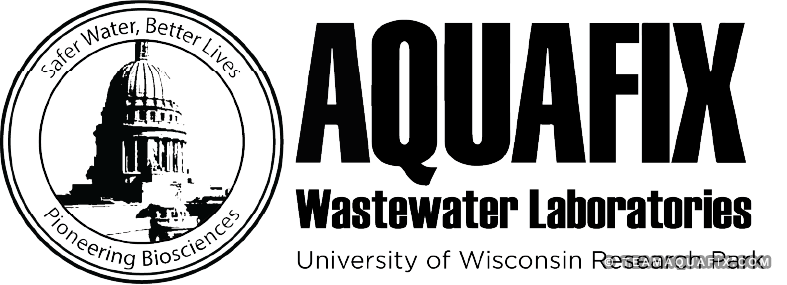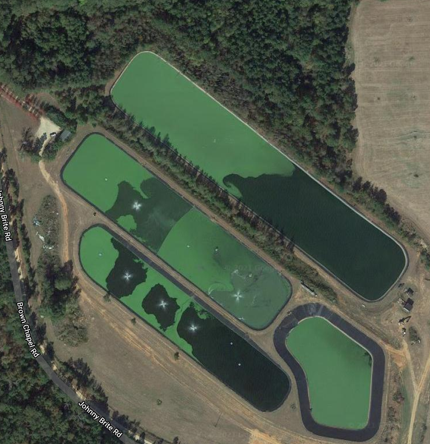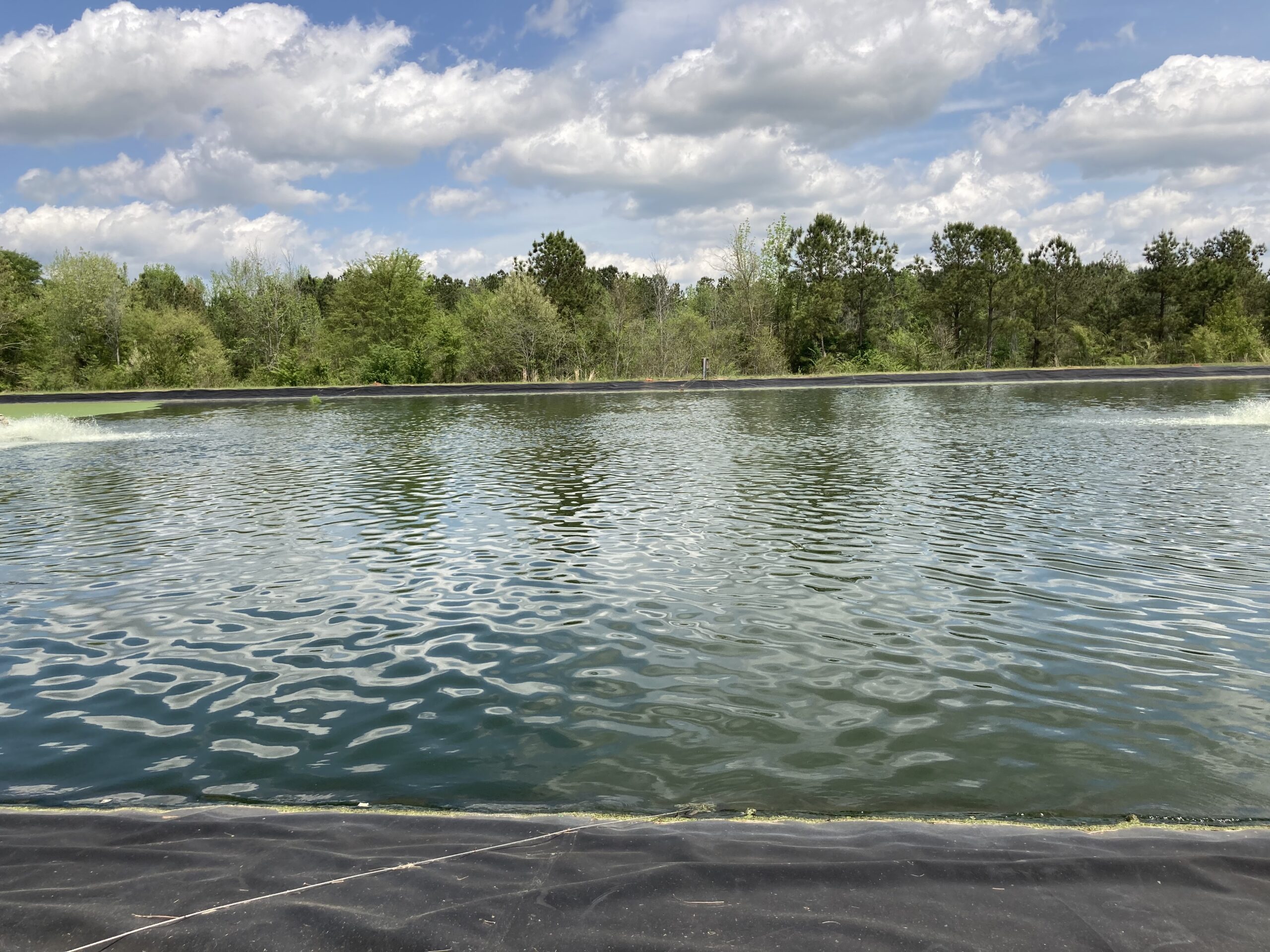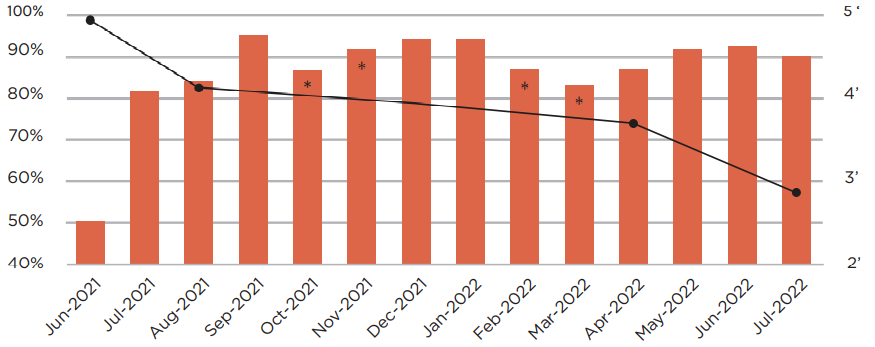
Reducing Sludge in a Wastewater Lagoon
by City of Sparta, GA
Background
The City of Sparta, Georgia George F. Green Water Reclamation Facility was built in 1990. Since its creation, the ponds had never been dredged. Amanda Martin Akins joined the City of Sparta in April 2022 and took over the Wastwater facility in May 22, 2022. She began making operational changes to the facility in Mid-May 2022 and hired additional staff. The ponds had limited aerators and the few that did work tripped out constantly due to electrical issues and clogs. The ponds showed signs of extreme distress and had sludge levels over the recommended
optimal operation (7 ft of sludge in 8 ft of water). In June 2022, staff began to bring additional aerators online and repaired the existing aerators where possible. Staff decided to look into alternatives to compact/reduce sludge to extend the life of the pond until a grant for dredging became available (estimated over $500,000 for removal, drying, testing, etc). The pond would then need to be reseeded after the dredging as well.

Lagoon Information
Lagoon 1 (Treated)
Lagoon 2 (Untreated)
Surface Area
Lagoon Depth
Volume
Recommended Detention
Lagoon 1 was split into two ‘cells’ and each cell was dosed with 60# of SludgeRx four times over the course of the trial.
Lagoon 2 was left untreated as it started with only 0.5 to 1 foot of sludge.
Timeline
Sludge Rx was applied to Sparta, GA’s wastewater lagoon once monthly, 4 times. Twice in Fall of 2021 and twice in early Spring of 2022.
Data was collected before, during, and after the treatment period. Results showed an average of 1.93 feet of sludge was removed from the lagoon system.
Date
Event
Abstract
Due to the simplistic design and ease of operation, wastewater lagoons are one of the most common forms of wastewater treatment. These lagoons are efficient in nutrient removal while presenting minimal operational challenges. However, the one issue that operators do face, is the build up of stored solids, in the form of wastewater sludge.
Sludge—whether it’s in a lagoon, oxidation ditch, or aerator—is a rich source of carbon, nitrogen, phosphorus, and all the nutrients at the bottom that make up the “internal nutrient reservoir.” These nutrients are released fastest when waters are warm in the summer. Once the sludge gets a few inches thick anoxic—or anaerobic—activity begins, which releases soluble reactive phosphate, ammonia, and nitrates.
Sludge buildup, over time, presents the operator with one of two options; dredge or treat biologically. The former is often very costly, especially when most lagoons can be found in rural, small-town communities with limited access to resources. Meanwhile, the latter, as you will see in the following study, has been proven to be a much more cost-effective solution.
One such example is the city of Sparta, Georgia. The operator had found out about Aquafix at their previous position at another municipality where they had sought out potential treatment options for their clarifiers as they were having algae buildup. Aquafix was one of the companies they tested products for, and they were impressed with the results. When that operator then came to Sparta and was having issues with sludge buildup, they decided to partner with Aquafix once more as prices were reasonable and the treatments tested well in the past. Sparta operators pulled samples from their lagoon and performed a jar test using Sludge Rx. Initial testing indicated they should see a positive reduction in the ponds, and so they took advantage of Aquafix’s lagoon research program.
Partnering with Aquafix allowed Sparta, Georgia, small community with limited resources, successfully incorporate the innovative biosciences Aquafix provides to remediate their wastewater lagoon.


Treated Lagoon Data Points (sludge depth in feet)
Collection Point
8/1/2021
12/22/2021
4/18/2022
8/5/2022
Total Reduction
Control Lagoon Data Points (sludge depth in feet)
Collection Point
8/1/2021
12/22/2021
4/18/2022
8/5/2022
Total Reduction
Lagoon BOD Removal
MM/YYYY
SludgeRx Treatment?
Influent BOD
Effluent BOD
BOD Removal Efficiency

Fecal Coliforms (colonies per 100 mL)
MM/YYYY
SludgeRx Treatment?
”Influent
Effluent
Summary
After treating for four non-consecutive months, the city of Sparta’s lagoon system demonstrated Sludge Rx’s efficacy in improving wastewater treatment. Sludge levels were reduced by an average of 1.93 feet, with a reduction of almost 5 feet in certain areas. BOD removal was increased from 83% to 90%. Fecal coliforms were reduced to a quarter of the amount contained in the lagoon prior to treatment. Qualitative results were also successfully demonstrated. Water quality was improved, and algae blooms were greatly reduced
